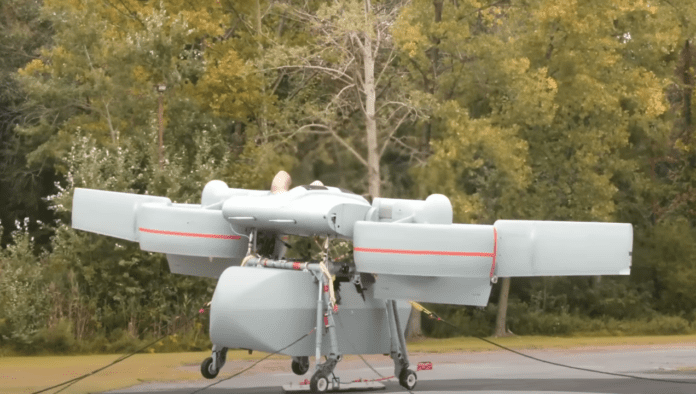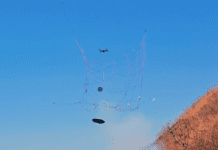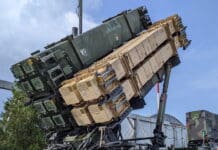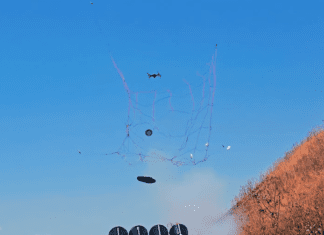This post is also available in:
 עברית (Hebrew)
עברית (Hebrew)
On September 6, Piasecki Aircraft Corporation achieved a significant milestone with the first flight of its Aerial Reconfigurable Embedded System Demonstration Vehicle (ARES-DV) at the West Helipad in Essington, Pennsylvania. The ARES-DV, a multi-mission tilt-duct vertical takeoff and landing (VTOL) vehicle, was tested twice on the same day. The initial flight, conducted without a payload, involved a one-minute tethered hover before the aircraft descended. During the second flight, the vehicle was equipped with the US Army’s Mobile Multiple Mission Module, succeeding in another one-minute tethered flight.
This marks a significant advancement in VTOL technology, aimed at enhancing the capabilities of small distributed combat units. The ARES-DV’s multi-mission capabilities include autonomous airborne casualty evacuation (CASEVAC) and cargo resupply, critical for dispersed military operations, setting a new standard for VTOL technology, particularly for heavy-payload, time-sensitive logistics.
The ARES-DV features a modular design with Mission Payload Modules that can be rapidly reconfigured. It can operate as either an unmanned aerial system or with an optional manned flight module, catering to diverse mission requirements. The vehicle’s tilt-duct design, with two ducted fans, allows for vertical ascent and horizontal flight. Its small landing footprint ensures space and weight efficiency, enabling operations on shipboard and in expeditionary settings. The aircraft is equipped with Honeywell Aerospace’s Compact Fly-By-Wire system, providing precise handling and stability across various flight conditions.
The ARES-DV project is funded by a $37 million investment from the US Air Force and Army’s Strategic Funding Initiative. Originating from a DARPA conceptual design project, the ARES underwent extensive design reiterations, rigorous component testing, and system-level validation leading up to the recent flight tests.
In the future, the company aims to expand the ARES-DV’s capabilities to include fully autonomous CASEVAC and logistics resupply functions. This successful flight demonstration significantly reduces risk and accelerates the development of multi-mission VTOL UAS and high-speed VTOL applications.


























